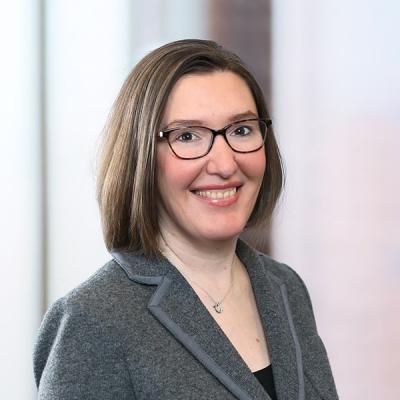Recap of PTAB’s “Chat with the Chief”
On December 19, 2017 the Patent Trial and Appeal Board (the “Board”) held a “Chat with the Chief” webinar in which Chief Judge David Ruschke presented very recent developments on a variety of topics related to practice before the Board, including Aqua Products guidance for motions to amend, new procedures for handling remands, and the expanded panel process.
The Board issued guidance on Motions to Amend in view of Aqua Products on November 21, 2017 (which we previously covered here). During the chat, the Chief Judge explained that the crux of the guidance is that the Board will not place the burden of persuasion on a patent owner with respect to the patentability of substitute claims in a Motion to Amend. Patentability of substitute claims will be determined by the Board based on the entirety of the record, including any opposition presented by a petitioner, and the technical requirements of the motion practice will remain the same.
On this same topic, the Chief Judge also noted that over the last three years the number of motions being sought is few and constant and that most are denied. Judge Ruschke noted that 22% of the motions filed are denied on procedural grounds (e.g., failure to propose claim constructions or explain why substitute claims overcome prior art) and 87% are rejected for patentability reasons (e.g., substitute claims anticipated or obvious). The Chief Judge stated that he sees room for improvement on both sides, indicating that the Board is looking at operations to ensure that patent owners are afforded a meaningful opportunity to amend as long as they present substantive arguments that comply with the statutory requirements of patentability.
Chief Judge Ruschke next addressed the newly-issued “Standard Operating Procedures 9” concerning remand from the Court of Appeal for the Federal Circuit. The Board has default procedures in place for common remand scenarios, including a goal of issuing a decision within six months of receipt of the remand. There are six common scenarios: (1) erroneous claim construction; (2) failure to consider evidence; (3) inadequate explanation provided; (4) erroneous application of the law; (5) lack of due process provided; and (6) improper consideration of arguments. For each scenario, patent owners will typically be allowed additional briefing, including the opportunity to present additional evidence and oral argument in “lack of due process” situations.
Finally, the Chief Judge provided insight into expanded panels, explaining that, although rare, the Chief Judge has discretion to expand a panel pursuant to Standard Operating Procedure 1. AIA Trial statistics show that there have been only 40 expanded panels out of 7,200 trials (1.0% of trials request expansion and only 0.5% are granted). Request for expansion must be in writing, include reasons and bases, and can be made by a judge, a merits panel, an interlocutory panel, an applicant or patent owner in an appeal or a party in an inter partes reexam, interference, or AIA trial. Reasons for expansion include (1) to emphasize points of jurisprudence, (2) to emphasize points of exceptional importance, (3) maintain uniformity and consistency and (4) at the request of the Commissioner of Patents for issues of first impression or going against precedent. Chief Judge Ruschke stated that stacking a panel in order to flip a result was done in the past but not anymore. He identified Neil Ziegmann v. Carlis G. Stephens, IPR2015-01860 and General Plastic v. Canon, IPR2016-01357 as examples of panel expansion to emphasize the Board’s jurisprudence.
This webinar was the second in the “Chat with the Chief” series hosted by Chief Judge Ruschke for updating patent owners, industry members and practitioners alike on the most current happenings at the Board and answering questions from the public. The presentation is available here.


